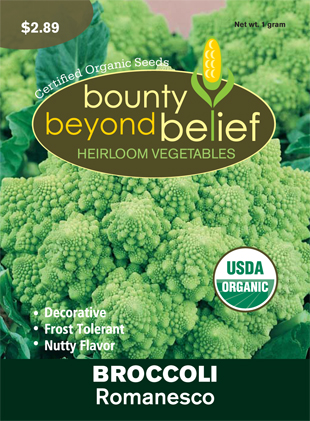Grow Your Own Flower Arrangements
Wildflower Seeds
by Sandy Swegel
Giving and receiving flowers is one of the great joys of Valentine’s Day. Everyone, men and women, adults and children, loves to get flowers and for a gardener, it’s easy to have an abundant supply of flowery love to give away. As you’re planning your garden now, be sure to have a supply of flowers that make great arrangements. Here are some suggestions of what to grow.
Fillers
When I worked for a garden center with a flower shop I learned some secrets of garden design. The first thing florists do when making an arrangement is to fill a vase with water and the greens they want as the foundation of the arrangement. Then they added in filler flowers like baby’s breath and tiny asters or sea lavenders. This is also when curly willow or other woody filler went in. With all those fillers in place, the vase is packed and you can insert some of your show-stopping flowers here and there and they stand tall and well-spaced in the vase.
So the first step to growing your own flower arrangements is to grow your own fillers. You need sturdy greens like ferns or peony leaves or azalea leaves. Herbs like sage or tarragon also are good green filler. Other favorite fillers will be wildflowers with lots little flowers. Annual baby’s breath always looks great as do wild asters, sea lavenders or clumps of blue flax. Multi-stemmed flowers are also good supporting flowers. Bachelor buttons and daisies work well as do columbines and a stem or two of penstemon. Think nice airy wispy kinds of flowers.
The Divas
Now that you have a vase full of greens and supporting flowers, you can choose a few show-stoppers to pull it all together. Showy perennials like roses, peonies, lilies or annuals like dahlias or sunflowers are the high impact flower.
I did start growing flowers as a way of saving money. I could create great gift arrangements by clipping a few blooms here and there. But I did need something to put the flowers in. Mason jars work well plus I learned that thrift stores always have an abundance of vases for $1. Putting the flowers in a vase means you give the beauty of the flowers and your own artful touch in the arranging.
Happy Valentine’s Day to all. As gardeners, you know how giving and receiving flowers evokes and shares the love so plan your garden so you can give flowers all year long.
Photo Credit:
lillyhiggins.blogspot.com/2010/09/wild-flower-arranging-is-where-its-at.html
www.pinterest.com/source/keithstanley.com/


